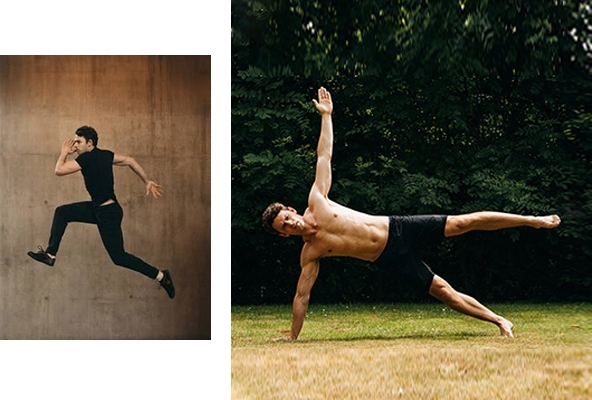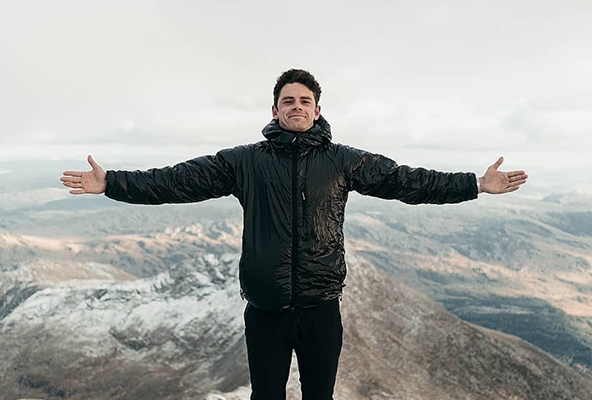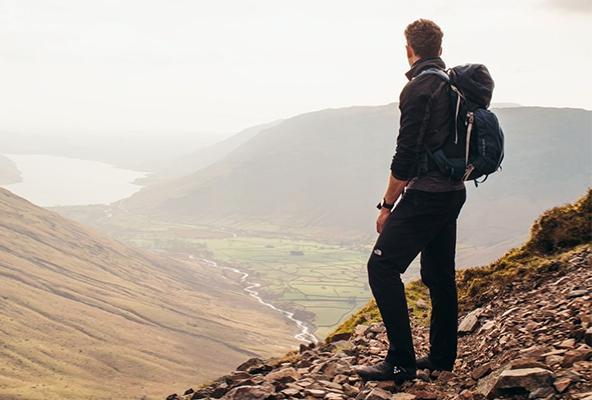I am Max Lowery, and I have been a personal trainer for six years, training a wide variety of people with all sorts of different goals, wants and problems.
Having lived and worked in London for 15 years, I recently quit city life and moved to a remote farm in the French Pyrenees, where I host fitness and adventure retreats.
I have spent the last five years hiking, climbing and mountaineering around the world, and I recently qualified as a UK Mountain Leader, which is the very beginning of my Mountain Guide journey.


I spent the first half of my hiking career wearing running shoes, which was fine in the Summer but not great in the winter.
Using my experience and knowledge with movement and biomechanics, I taught myself how to move effectively and efficiently on the mountain, which means being light on your feet, reacting to the ground beneath you. Traditional hiking boots make this almost impossible.
Walk into any outdoor shop and the sales attendant will tell you that you need a stiff, rigid shoe that gives you a load of cushioning and support. Since the shoes are rigid, you need to “break the shoes in”. Failure to this will mean severe discomfort and blisters. I’m sure many of you reading this article may have experienced this problem. I have seen it first-hand with friends, family and guests on my hiking retreats.
The “breaking in” issue is only the beginning of the problem. All the cushioning and support disconnects you from the ground. You have no idea what is going on beneath you, which means the rest of your body is not acting accordingly.
What does this mean? Firstly, the cushioning on the shoe forces you to place all your weight onto the heel of your foot, which for downhill walking, is not optimal. Secondly, the fact that the shoe is so cushioned, usually means that the average hiker doesn’t use any control on the landing because there is no fear of impact. All the force goes up through the heel into the knee and lower back.
On one walk alone, this can cause knee and back pain. When repeated consistently over a few years, it can cause irreparable damage.
But it does not have to be like this! There is another way. Our feet are designed to work optimally without cushioning and support, and barefoot shoes are the best way to let our feet run free.
I became aware of Vivobarefoot about three years ago and initially started wearing the Stealths for day to day activities and indoor strength training.
I then bought my first pair of Tracker FGs exactly one year ago, and I never looked back. They completely transformed my hiking experience - I have never felt so connected to the environment around me.
My speed, agility, stability and strength on the mountain have drastically improved since wearing them. I move in a completely different way now, which means less impact on my knees and back – even when carrying a 10-15kg rucksack. They have allowed me to stay on the mountain for longer, which is essential for me as I continue to gain experience for future qualifications.
At the end of a long day of hiking, my friends who aren’t wearing Vivos are desperate to free their feet from their constrictive shoes. I can happily wear them all evening without any problems at all.
Does any of this sound familiar to you? If so, start transitioning into wearing Vivobarefoot shoes now. You will not regret it!



